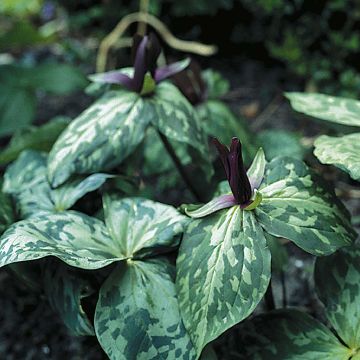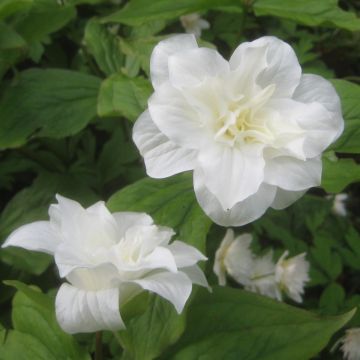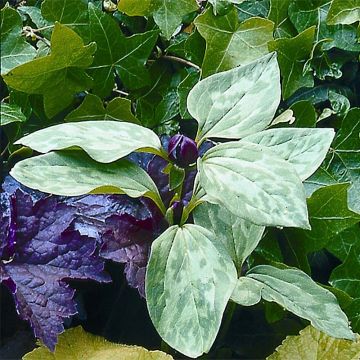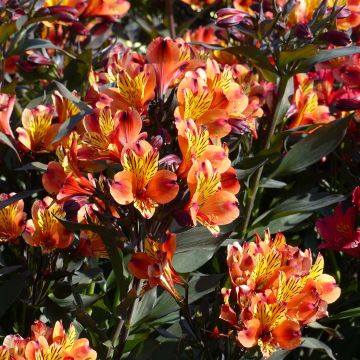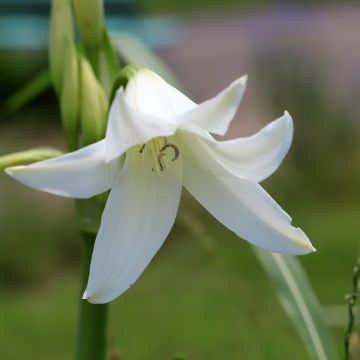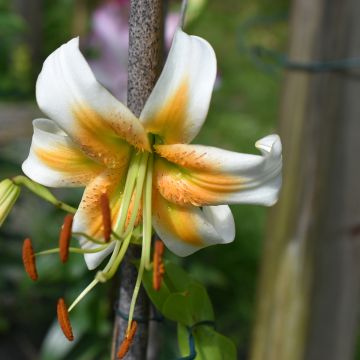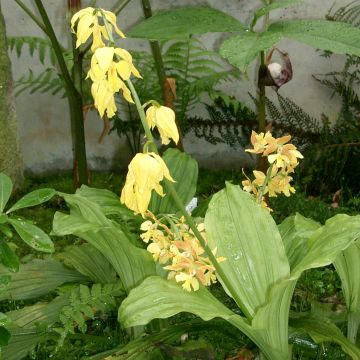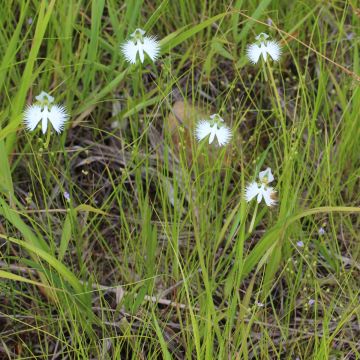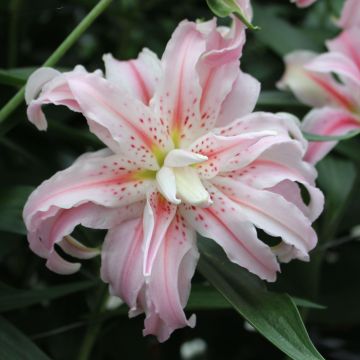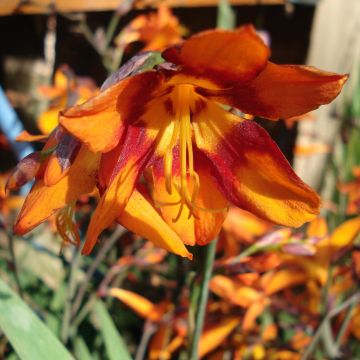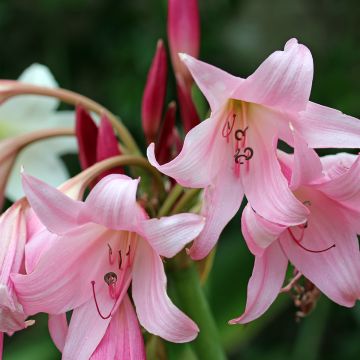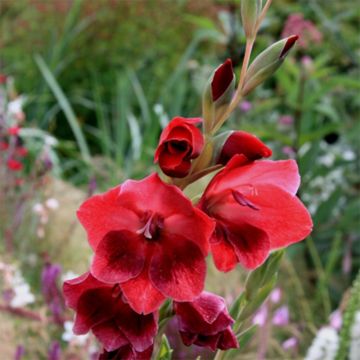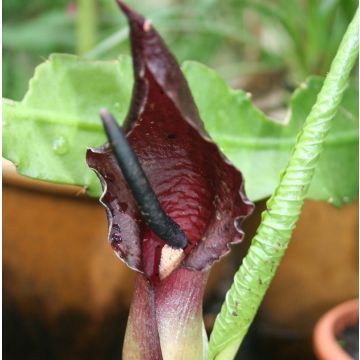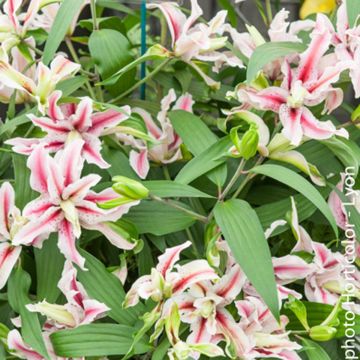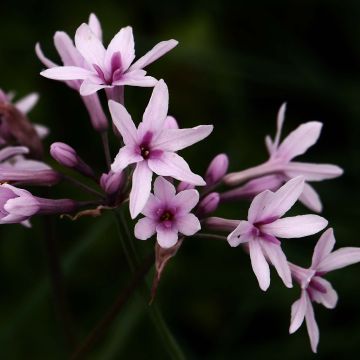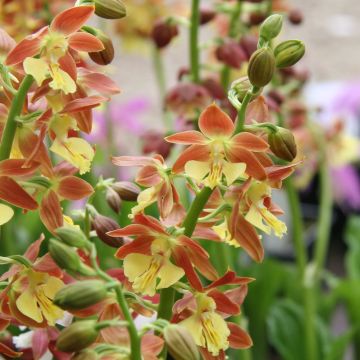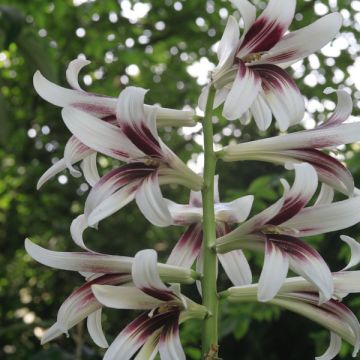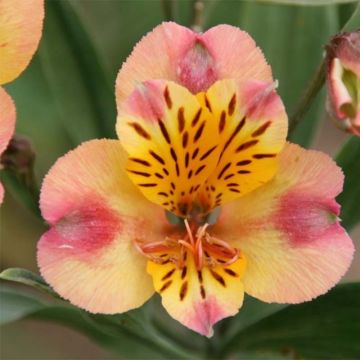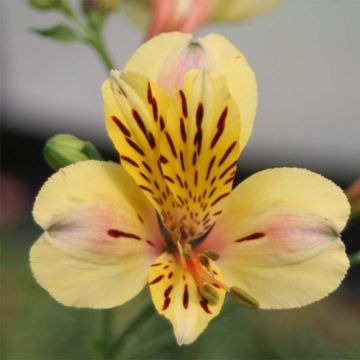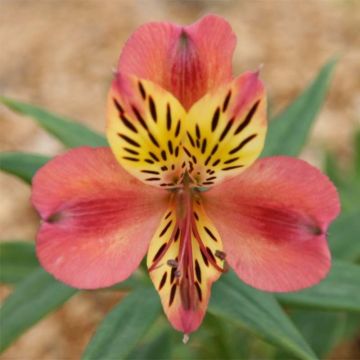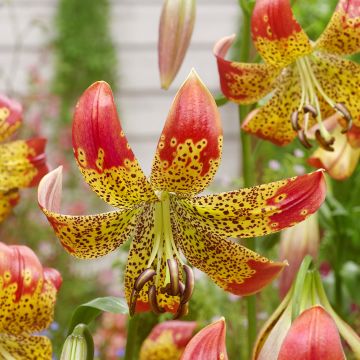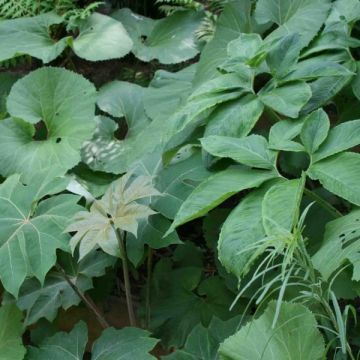Plantfit
Log in / Register
Existing customer?
New customer?
Create an account to track your orders, access our customer service and, if you wish, make the most of our upcoming offers.
My Account
Hello
Shipping country and language
Your country of residence may be:
For a better user experience on our website, you can select:
Your shipping country:
Andorra
Austria
Belgium
Bulgaria
Croatia
Czechia
Denmark
Estonia
Finland
France
Germany
Greece
Hungary
Iceland
Ireland
Italy
Latvia
Lithuania
Luxembourg
Monaco
Netherlands
Poland
Portugal
Romania
Slovakia
Slovenia
Spain
Sweden
Switzerland
Language:
French
English
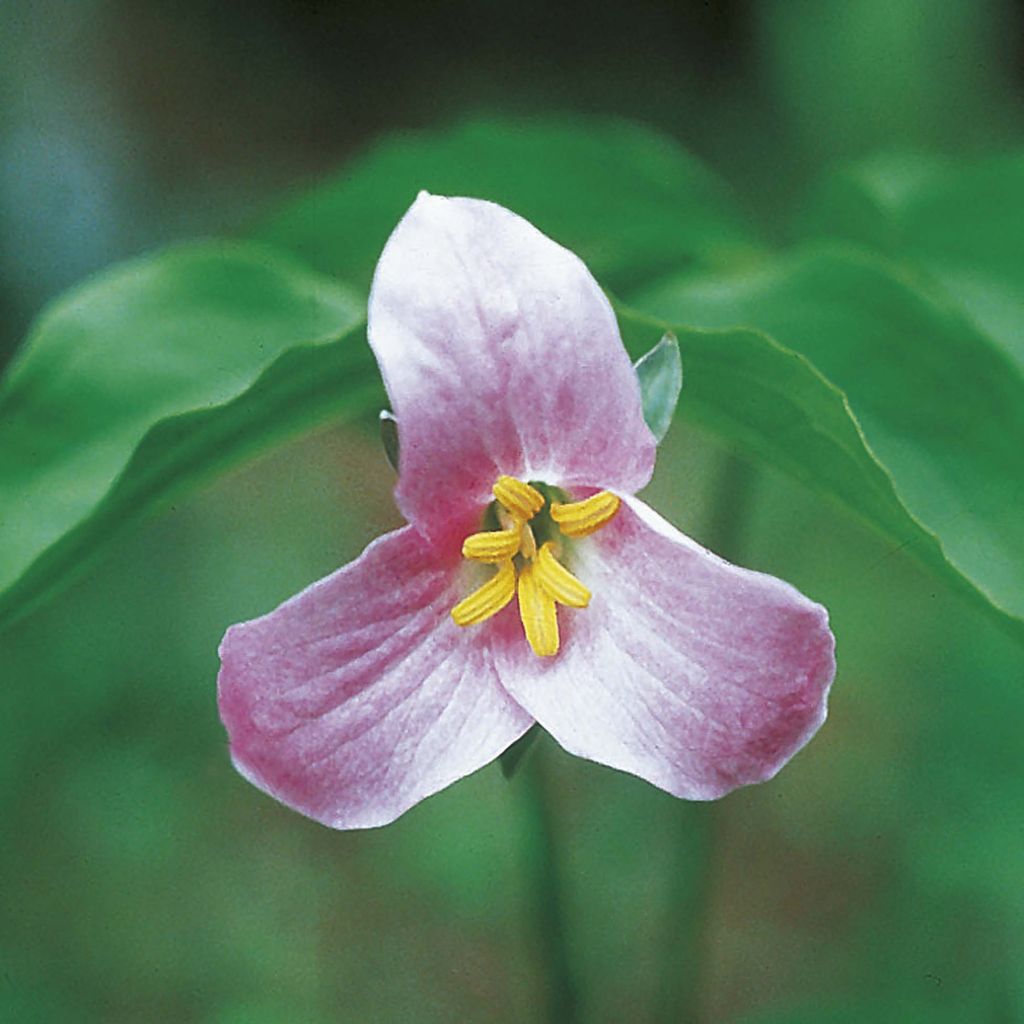

Trillium catesbaei
Trillium catesbaei
Trillium catesbyi
Catesby's Trillium, Rosy Wake-robin, Bashful Wakerobin
Order in the next for dispatch today!
Dispatch by letter from €3.90.
Delivery charge from €5.90 Oversize package delivery charge from €6.90.
More information
This item is not available in your country.
Select delivery date,
and select date in basket
This plant carries a 6 months recovery warranty
More information
We guarantee the quality of our plants for a full growing cycle, and will replace at our expense any plant that fails to recover under normal climatic and planting conditions.
From €5.90 for pickup delivery and €6.90 for home delivery
Non-EU destinations: delivery charges according to weight of consignment. .
Express home delivery from €8.90.
Does this plant fit my garden?
Set up your Plantfit profile →
Description
Trillium catesbaei (synonym T. stylosum) is part of a group of small wild plants native to North America and Asia, quite rare in cultivation, highly sought after by collectors of rare and precious plants. The catesbyi species, which is charming in its own right, is also one of the easiest to grow. Its small pendulous lily-like flowers, white or pink, appear quite early in spring, just beneath a canopy of large dark green decorative leaves, reminiscent of Solomon's seals. It is a hardy plant that thrives in shade and coolness, making it a jewel in a rock garden or a small shaded border. It pairs perfectly with acid-loving shrubs, accompanied by other perennials with staggered flowering times that enjoy the same conditions.
Trillium catesbaei, formerly classified in the Lily family, now belongs to the Melanthiaceae family. It is a distant North American cousin of the fragrant Solomon's Seal that populates European woodlands. It is native to the southeastern United States, where it blooms in spring in forests, on rather acidic soil, and often on the banks of rivers, at the base of mountain laurels (Kalmia latifolia).
A herbaceous perennial, it grows in spring from a rhizome and goes dormant underground as soon as the soil dries up in late spring or autumn. It produces thin, violet-tinged leafy stems, both erect and trailing, 25cm (10in) tall. Thanks to its rhizomes, this Trillium slowly forms colonies covering at least 30 m (12in) of ground. Each stem bears 3 beautiful leaves inserted at the same level on the stem and arranged in a fan shape. The leaves are ovate, pointed, dark green with prominent parallel veins. Flowering takes place in April-May, earlier or later depending on the climate, at the end of the stems. Each stem bears a delicately pendulous flower, 4cm (2in) in diameter, composed of 3 recurved petals like certain lilies. They can be pink or white, depending on the clones, sometimes almost purple, and always adorned with visible veins. This flowering is followed by the formation of small green oval fruits containing only one seed, which will be dispersed by ants. Plants grown from seeds can take up to 10 years to flower.
A bit slow to establish, this Trillium catesbaei is nonetheless faithful, lives a long time, and requires little care where it thrives. It can be planted in shaded areas or dappled sunlight (introduce several plants in a small area) to accompany the spring blooms of Kalmia, Pieris, Azaleas or Rhododendrons that enjoy the same conditions. In a consistently cool rock garden, it can be paired with other small perennials with staggered flowering times or interesting foliage, such as Ophiopogons, saxifrages, small ferns, Asarums... It can also be grown in pots, with careful attention to watering. Whether in the ground or in pots, it pairs well with Begonia grandis subsp. evansiana which takes over once it finishes flowering.
The Latin name Trillium derives from the fact that the different parts of these plants are in threes: from the unique cluster of three leaves on each stem to the construction of the flower, composed of 3 green sepals, 3 coloured petals, six stamens, and 3 fused carpels.
Trillium catesbaei in pictures
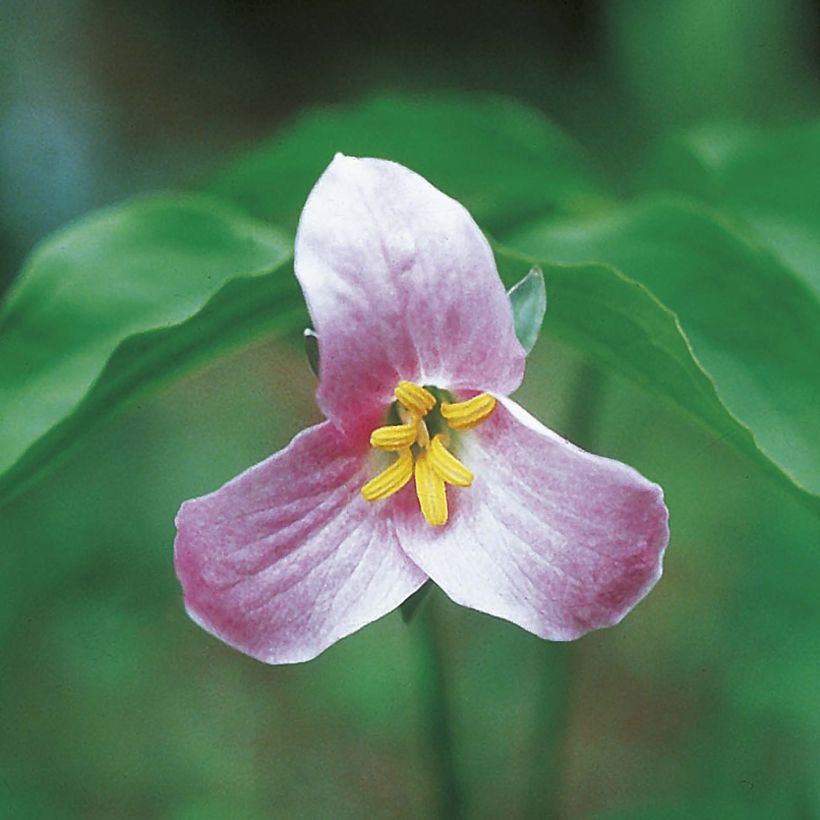

Plant habit
Flowering
Foliage
Botanical data
Trillium
catesbyi
Liliaceae (Melanthiaceae)
Catesby's Trillium, Rosy Wake-robin, Bashful Wakerobin
North America
Planting and care
Trillium catesbaei appreciates rich, humus-rich, moist but well-drained soils. Install it in partial shade or not too dense shade. It does not appreciate limestone soils. Plant it so that its rhizome is located 5 or 7cm (2 or 3in) below the surface of the soil. Dig a large hole and add leaf compost and well-decomposed compost at planting. Ensure that the soil never dries out in summer, otherwise the plant may quickly enter dormancy. Trillium catesbaei can withstand cold winters, below -15°C (5°F), even without ground cover. Divide the clumps in spring, after a minimum of 5 to 6 years of cultivation.
This Trillium takes time to establish itself, it is not uncommon to wait 2 years after planting before seeing it flower for the first time.
Gastropods can attack young shoots in spring: make sure to protect them.
Planting period
Intended location
Care
This item has not been reviewed yet - be the first to leave a review about it.
Hardy summer bulbs
Haven't found what you were looking for?
Hardiness is the lowest winter temperature a plant can endure without suffering serious damage or even dying. However, hardiness is affected by location (a sheltered area, such as a patio), protection (winter cover) and soil type (hardiness is improved by well-drained soil).

Photo Sharing Terms & Conditions
In order to encourage gardeners to interact and share their experiences, Promesse de fleurs offers various media enabling content to be uploaded onto its Site - in particular via the ‘Photo sharing’ module.
The User agrees to refrain from:
- Posting any content that is illegal, prejudicial, insulting, racist, inciteful to hatred, revisionist, contrary to public decency, that infringes on privacy or on the privacy rights of third parties, in particular the publicity rights of persons and goods, intellectual property rights, or the right to privacy.
- Submitting content on behalf of a third party;
- Impersonate the identity of a third party and/or publish any personal information about a third party;
In general, the User undertakes to refrain from any unethical behaviour.
All Content (in particular text, comments, files, images, photos, videos, creative works, etc.), which may be subject to property or intellectual property rights, image or other private rights, shall remain the property of the User, subject to the limited rights granted by the terms of the licence granted by Promesse de fleurs as stated below. Users are at liberty to publish or not to publish such Content on the Site, notably via the ‘Photo Sharing’ facility, and accept that this Content shall be made public and freely accessible, notably on the Internet.
Users further acknowledge, undertake to have ,and guarantee that they hold all necessary rights and permissions to publish such material on the Site, in particular with regard to the legislation in force pertaining to any privacy, property, intellectual property, image, or contractual rights, or rights of any other nature. By publishing such Content on the Site, Users acknowledge accepting full liability as publishers of the Content within the meaning of the law, and grant Promesse de fleurs, free of charge, an inclusive, worldwide licence for the said Content for the entire duration of its publication, including all reproduction, representation, up/downloading, displaying, performing, transmission, and storage rights.
Users also grant permission for their name to be linked to the Content and accept that this link may not always be made available.
By engaging in posting material, Users consent to their Content becoming automatically accessible on the Internet, in particular on other sites and/or blogs and/or web pages of the Promesse de fleurs site, including in particular social pages and the Promesse de fleurs catalogue.
Users may secure the removal of entrusted content free of charge by issuing a simple request via our contact form.
The flowering period indicated on our website applies to countries and regions located in USDA zone 8 (France, the United Kingdom, Ireland, the Netherlands, etc.)
It will vary according to where you live:
- In zones 9 to 10 (Italy, Spain, Greece, etc.), flowering will occur about 2 to 4 weeks earlier.
- In zones 6 to 7 (Germany, Poland, Slovenia, and lower mountainous regions), flowering will be delayed by 2 to 3 weeks.
- In zone 5 (Central Europe, Scandinavia), blooming will be delayed by 3 to 5 weeks.
In temperate climates, pruning of spring-flowering shrubs (forsythia, spireas, etc.) should be done just after flowering.
Pruning of summer-flowering shrubs (Indian Lilac, Perovskia, etc.) can be done in winter or spring.
In cold regions as well as with frost-sensitive plants, avoid pruning too early when severe frosts may still occur.
The planting period indicated on our website applies to countries and regions located in USDA zone 8 (France, United Kingdom, Ireland, Netherlands).
It will vary according to where you live:
- In Mediterranean zones (Marseille, Madrid, Milan, etc.), autumn and winter are the best planting periods.
- In continental zones (Strasbourg, Munich, Vienna, etc.), delay planting by 2 to 3 weeks in spring and bring it forward by 2 to 4 weeks in autumn.
- In mountainous regions (the Alps, Pyrenees, Carpathians, etc.), it is best to plant in late spring (May-June) or late summer (August-September).
The harvesting period indicated on our website applies to countries and regions in USDA zone 8 (France, England, Ireland, the Netherlands).
In colder areas (Scandinavia, Poland, Austria...) fruit and vegetable harvests are likely to be delayed by 3-4 weeks.
In warmer areas (Italy, Spain, Greece, etc.), harvesting will probably take place earlier, depending on weather conditions.
The sowing periods indicated on our website apply to countries and regions within USDA Zone 8 (France, UK, Ireland, Netherlands).
In colder areas (Scandinavia, Poland, Austria...), delay any outdoor sowing by 3-4 weeks, or sow under glass.
In warmer climes (Italy, Spain, Greece, etc.), bring outdoor sowing forward by a few weeks.
